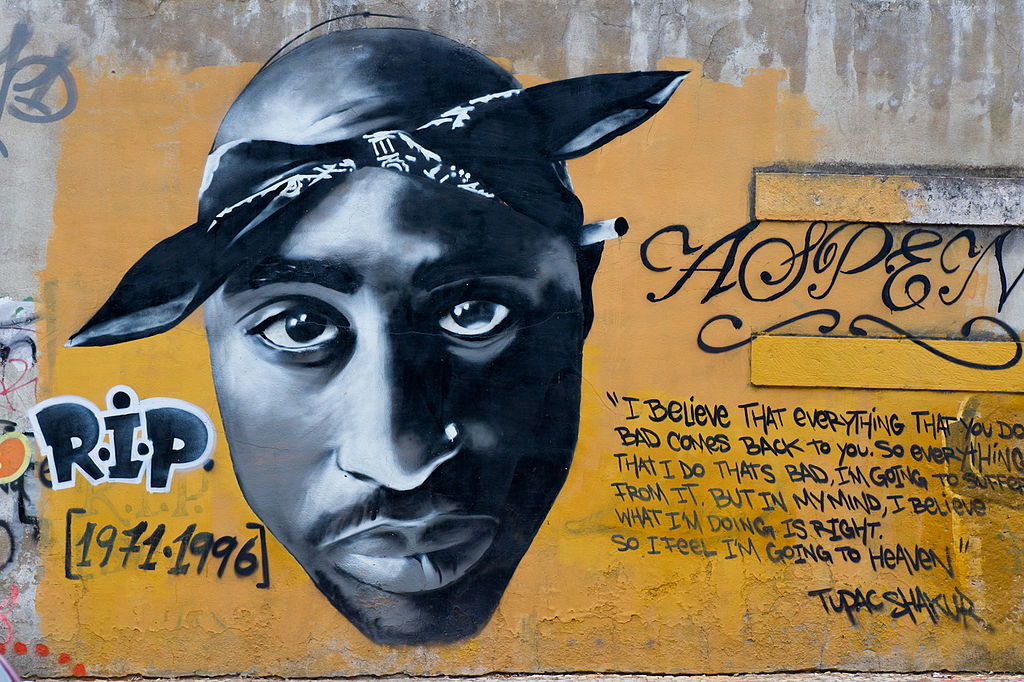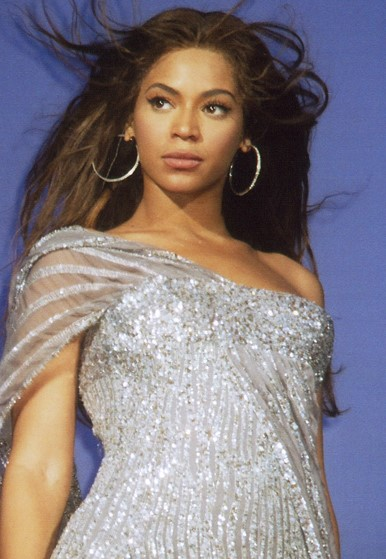
Popular Culture 1970-2000
Music

In the early 1970s, there was a growing sense that rock was losing its critical edge. There were growing complaints about “bubble-gum” music (light-hearted, pre-packaged music) directed at “teeny boppers” (pre-teens). There was also a sense that youth music was failing to speak to the social problems of the time, including the deepening isolation of urban ghettoes, mired in poverty.
Beginning in the mid-1970s, however, there was a proliferation of musical styles emphasizing an aggressive, antiestablishment tone. There was punk, a raucous, anarchic, heavy metal form of music that arose in lower Manhattan and the decaying urban neighborhoods in Britain.

There was rap, in which rhyming lyrics are chanted to a musical backdrop that includes scratching, mixing, and sampling (extracts from other songs). Rap was one aspect of hip hop culture which emerged in economically depressed neighborhoods of New York’s south Bronx. Other aspects of hip hop culture included break dancing and graffiti art. Especially controversial was gangsta rap, which was heavily criticized for its apparent misogyny, propensity for violence, and macho swagger. It is perhaps not surprising that gangsta rap found its largest and most enthusiastic audience among white suburban teenage boys, who found few outlets for a rebellious spirit in their own lives.
Other popular forms of musical expression included grunge, rasta, reggae, Salsa, and Tejano. The proliferation of musical styles reflected, in part, the tribalization of youth: the fracturing of youth into distinct identity groups. It also reflected the emergence of a new life stage, stretching from the early or mid-twenties into the early thirties, when many young people had left home but had not yet entered into adult careers.
For the first time, female singers in the 2000s topped the recording charts. Adele, Ariana Grande, Beyoncé, Christina Aguilera, Katy Perry, Lady Gaga, Pink, Rihanna, Selena Gomez, and Taylor Swift are just a few of the female performers who regularly dominate the headlines.
Film
During the mid- and late 1970s, the mood of American films shifted sharply. Unlike the highly politicized films of the early part of the decade, the most popular films of the late 1970s and early 1980s were escapist blockbusters like Star Wars (1977), Superman (1978), and Raiders of the Lost Ark (1981)— featuring spectacular special effects, action, and simplistic conflicts between good and evil—inspirational tales of the indomitable human spirit, like Rocky (1976)—or nostalgia for a more innocent past—like Animal House (1978) and Grease (1978). Glamorous outlaws like Bonnie and Clyde were replaced by law and order avengers like Dirty Harry and Robocop. Sports—long regarded as a sure box officer loser—became a major Hollywood obsession, with movies like Hoosiers, Chariots of Fire, Karate Kid, and The Mighty Ducks celebrating competitiveness and victory. Movies which offered a tragic or subversive perspectives on American society, like The Godfather or Chinatown, were replaced by more upbeat, undemanding films, and especially by comedies, featuring, such actors as Dan Ackroyd, Chevy Chase, Eddie Murphy, and Bill Murray.
Critics partly blamed the trend toward what Mark Crispin Miller has called “deliberate anti-realism” upon economic changes within the film industry. In 1966, Gulf and Western Industries executed a takeover of Paramount and the conglomerization of the film industry began. In 1967, United Artists merged with Transamerica Corporation. In 1969 Kinney Services acquired Warner Brothers. In one sense the takeovers were logical. Conglomerates wanted to acquire interests in businesses that serviced Americans’ leisure needs. The heads of the conglomerates, however, had no idea how to make successful motion pictures. Too often they believed that successful movies could be mass produced, that statisticians could discover a scientific method for making box office hits.
A trend toward the creation of interlocking media companies, encompassing movies, magazines, and newspapers, and books accelerated in 1985 when the Department of Justice overturned the 1948 anti-trust decree which had ended vertical integration within the film industry. As a result, many of the major studios were acquired by large media and entertainment corporations, like Sony, which purchased Columbia Pictures, Time Warner (which owned Time magazine, Simon & Schuster publishers, and Warner Brothers), and Rupert Murdoch, whose holdings included HarperCollins publishers, the Fox television network, and Twentieth Century Fox. At the same time that these large entertainment conglomerates arose, many smaller independent producers like Lorimar and De Laurentiis, disappeared.
Nevertheless, important issues continued to be addressed through film. Many films focused on problems of romance, family, gender, and sexuality—aspects of life radically changed by the social transformations of the 1960s and early 1970s. Certainly, some films tried to evade the profound changes that had taken place in gender relations—like An Officer and a Gentleman, an old-fashioned screen romance—or Flashdance—an updated version of the Cinderella story—or 10 and Splash—which depict male fantasies about relationships with beautiful, utterly compliant women. But many other popular films addressed such serious questions as the conflict between the family responsibilities and personal needs (for example, Kramer v. Kramer) or women’s need to develop their independence like An Unmarried Woman, Desperately Seeking Susan, and Thelma and Louise.
At a time when politicians and news journalists were neglecting racial and urban issues, movies like Boyz in the Hood, Grand Canyon, Do the Right Thing, and Jungle Fever focused on such problems as the racial gulf separating blacks and whites, the conditions in the nation’s inner cities, the increasing number of poor single parent families, police brutality, and urban violence.
During the early twenty-first century, the era of mass entertainment ended and was replaced by much more personalized entertainment. Audiences for individual television shows fell as viewers now had many more entertainment options than in the past. Technology transformed many facets of entertainment. CDs and DVDs gave way to streaming. Movie theaters replaced film with digital delivery. Young women significantly drove the movie box office.
The movie box office was increasingly dominated by franchises and advanced special effects. Many were adaptations from comic books and video games. Many others were remakes and sequels. Animated films, like Shrek or Despicable Me, also showed wide appeal—becoming franchises themselves.